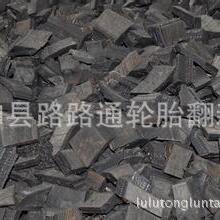
Stoke Therapeutics is still seeking an effective dose for an experimental drug to treat a severe form of childhood epilepsy, following the release of updated data Tuesday that showed disappointing reductions in convulsive seizure activity.
In the latest look at an ongoing mid-stage study, three monthly injections of the Stoke drug, called STK-001, given at a 45-mg dose, resulted in a median 18% reduction in convulsive seizure activity, compared to baseline.
advertisement
The new analysis was conducted on 16 children diagnosed with a rare form of epilepsy called Dravet syndrome. Last November, in six patients, the drug showed a median 55% reduction in seizure activity.

Unlock this article by subscribing to STAT+ and enjoy your first 30 days free!
GET STARTED Log In














